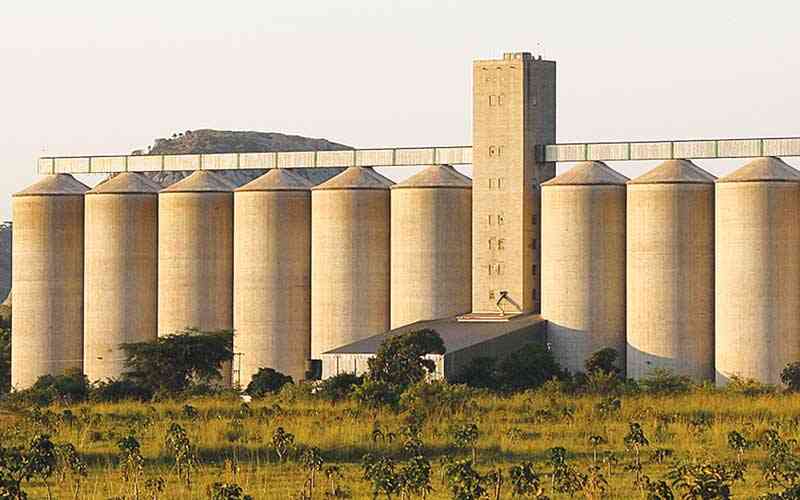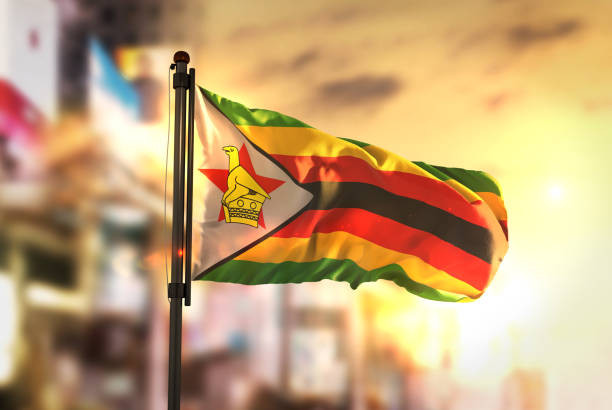
All indications are pointing to a disastrous 2023/24 agricultural season with crops wilting due to a mid season drought.
The Grain Marketing Board (GMB), the country’s granary, said last month that Zimbabwe has four months’ supply of grain, debunking the government’s lies that there was grain enough for 10 months.
A parliamentary portfolio committee visited GMB silo where they were told the stocks are depleting and cannot last for 10 months.
Food monitoring agencies recently warned that at least 4,4 million Zimbabweans are food insecure.
It is a gloomy outlook for southern Africa, which has been hit hard by the El Niño phenomenon.
President Emmerson Mnangagwa said on Thursday that no one would starve as the government has put in place measures to guarantee adequate food for all communities.
“I appeal to you as traditional leaders to go and reassure our people that no communities will starve,” he said as he handed over new vehicles to 100 chiefs.
It is not enough to reassure people that no one would starve. The government should scale up the importation of grain now amid an increase in the price of mealie meal.
- Zimbabwe millers seek to fend off grain crisis
- Maize shortage a result of politicisation of inputs
- Zim to get Malawi maize this monthend
- Deputy minister in GMB theft scandal
Keep Reading
It must also declare the drought a state of disaster to marshal resources to ensure no one starves. That declaration will also jolt aid agencies to support the cause at a time the region is facing an El Nino induced drought.
Zambia made the first move this week to declare drought a State of disaster and has also suspended maize exports.
This leaves Zimbabwe with an option of importing grain from South Africa. While South Africa has been spared the most extreme conditions, the region’s leading maize producer is not likely to reach production levels of recent years, according to aid agencies.
Zimbabwe will be forced to look for grain from afar.
The Grain Millers Association of Zimbabwe (GMAZ) said this week that it anticipates importing one million tonnes of grain between now and March 2025 to prevent drought-induced hunger.
GMAZ chairperson Tafadzwa Musarara claimed they have excess stocks of maize, and they intend to import more grain from Mexico and Brazil if South Africa suspends imports.
“To date we have secured 600 000 tonnes which is in terms of the contract of the 1,1 million tonnes which will be our aim to cover between livestock and human consumption,” he said.
“We anticipate that there will be demand especially in the rural market.
“The country will be stocked with different brands of mealie-meal until next year."
The situation looks dire despite the government commencing food aid distribution across the country. Although the Public Service, Labour and Social Welfare ministry is getting 21 000 tonnes a month from GMB to cater for those affected, this will need to be further reviewed as all indications are pointing to a reduced harvest.
Food aid distribution has in the past been blighted by politics with opposition party supporters saying they were being skipped in the exercise.
Some overzealous Zanu PF supporters can replicate that if the government is not firm on that. The country is facing a dire situation and hunger knows no political affiliation.
The prevailing situation behoves the government to cut unnecessary expenditures and channel resources on grain importation to keep the prices of basic commodities down.
A rise in the prices of basic commodities would worsen an already dire economic environment headlined by a sharp depreciation of the local currency against the United States dollar.











